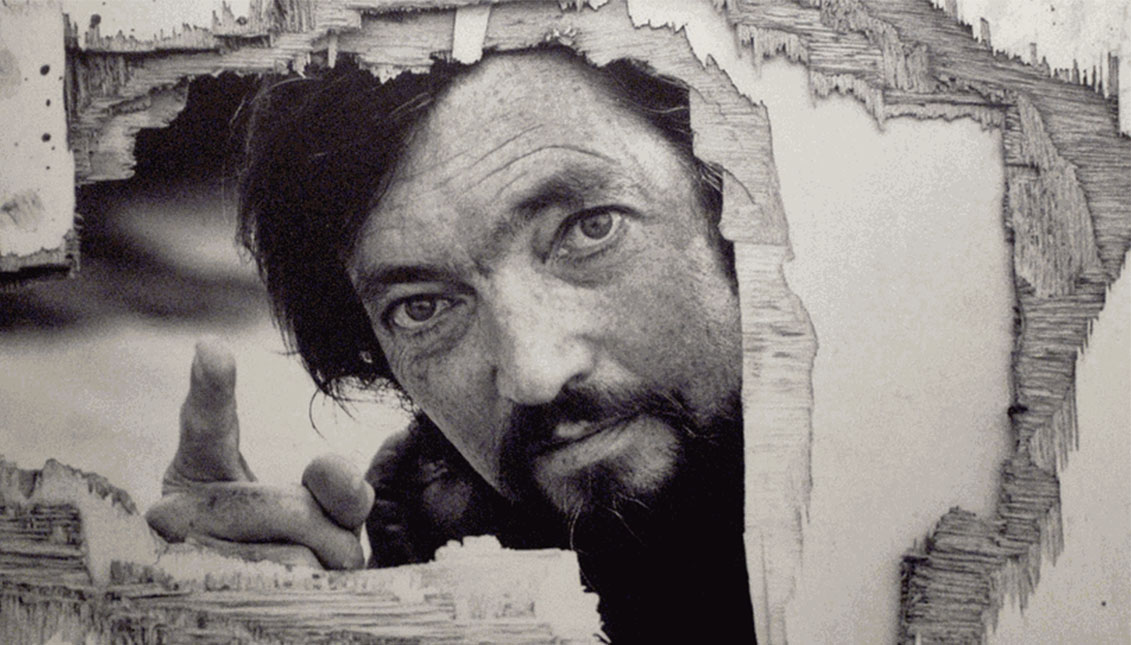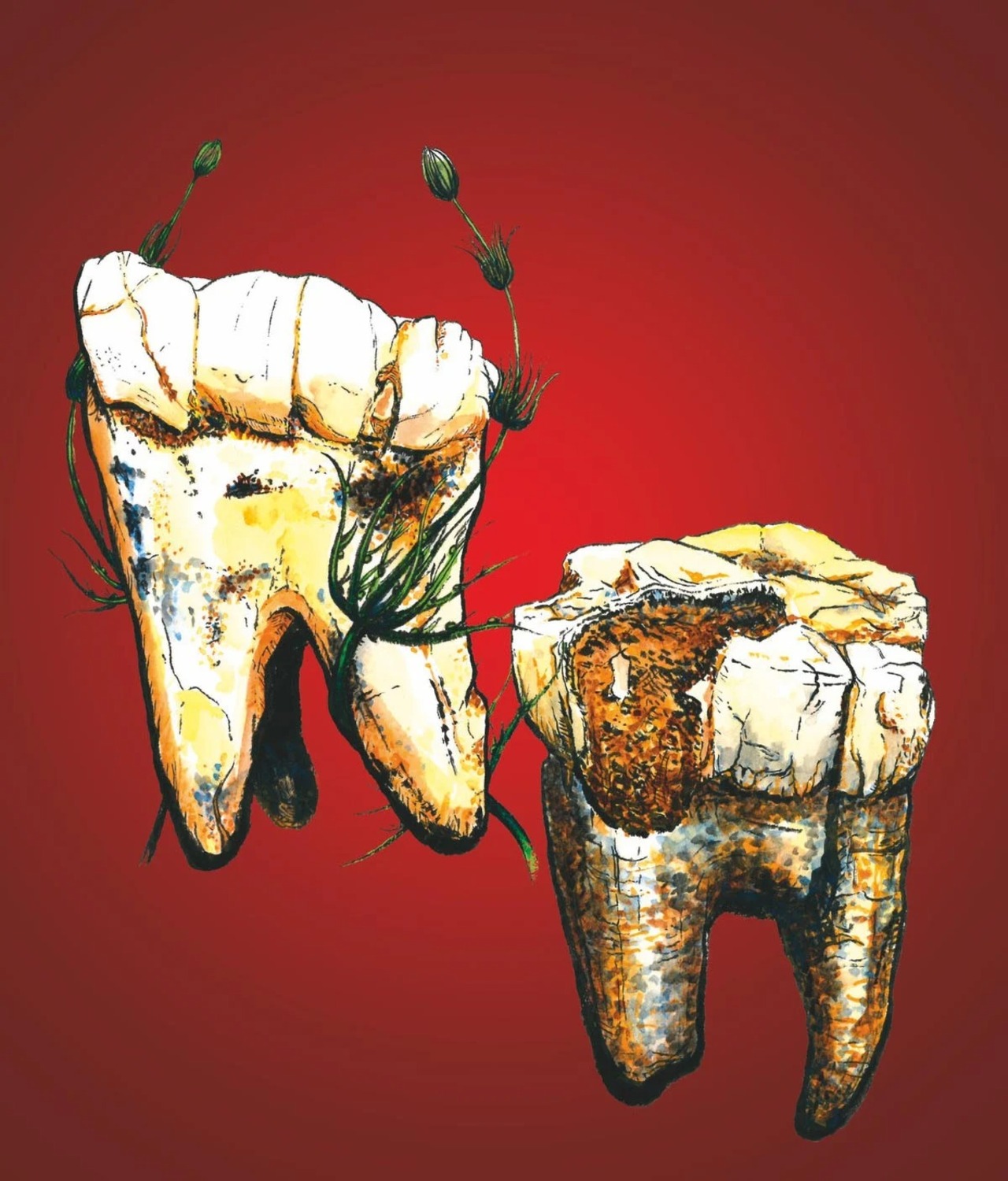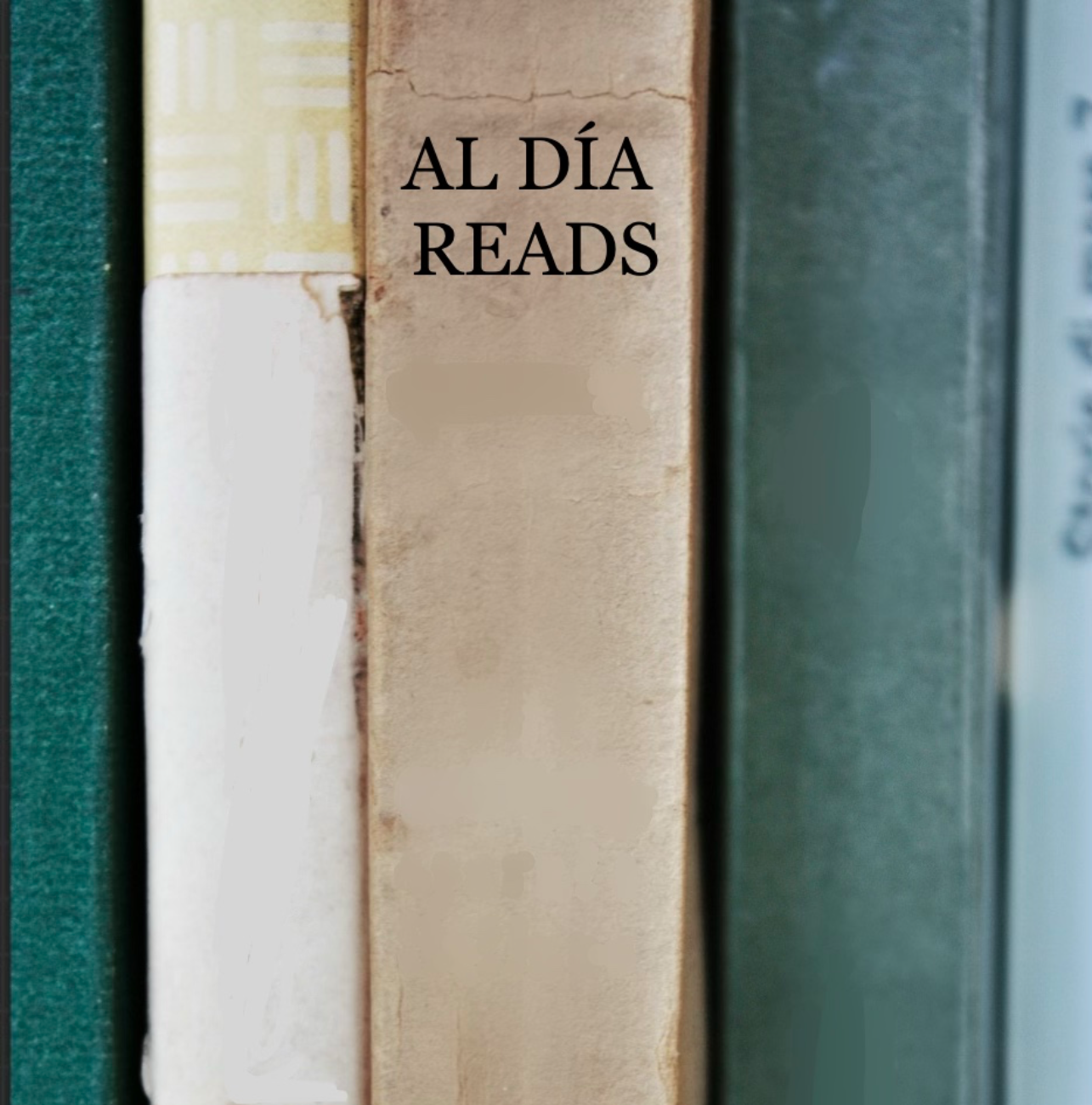
Julio Cortázar in 24 cronopio per second
In other words: here are some of the best film adaptations of the Argentinian writer's stories.
From Jean-Luc Gordard through Antonioni, to the work of Manuel Antín, a close friend of Cortázar's who adapted many of his works for the cinema because "I filmed what I would have liked to write," the father of Rayuela inspired numerous filmmakers.
Here are some of the best.
The story Blow-Up (Las Babas del Diablo) served as the basis for one of Michelangelo Antonioni's most iconic and personal movies. Released in 1967, it tells the story of a photographer who, while processing some photographs taken in a park, discovers a shady character among the trees and begins to obsess about a possible crime.
Around the same time that Antonioni released Blow-up, so did the best practitioner of the French nouvelle vague filmmakers, Jean-Luc Godard.
Based on "The Southern Highway" ("La Autopista del Sur"), a short story published in the book All Fires the Fire, Godard made a black comedy about a bourgeois couple that go on a trip to visit her dying father and take a piece of his inheritance. In the process, they become embroiled in a surreal and chaotic odyssey through the French countryside, where murder becomes much more than a beacon for them.
It's a film that Godard used to criticize the savagery inherent in the capitalist system and draws on all his poetic arsenal to deliver one of his most singular works.
In Cortázar's stories, the absurd and the unconscious often reveal themselves in everyday situations, such as a journey through the Paris suburbs. A liminal, magical place, where the film by the Brazilian Roberto Gervitz, who adapted Manuscript Found in a Pocket (Manuscrito hallado en un bolsillo), is also set.
RELATED CONTENT
In Jogo Subterrâneo (2005), Gervitz puts chance and imagination to the test through a strange pianist who believes in luck and invents a game to find the woman of his dreams.
Directed by Diego Sabanés from the short story "The Health of the Sick" ("La salud de los enfermos"), the film takes viewers to a strange space between fiction and reality, based on the story of a young musician who wants to succeed in Paris and his family, who, in the absence of news of his son, decides to supplant his identity and send his mentally ill mother piles of letters and gifts supposedly sent from Europe.
Literature and film are two art genres that influence each other. Especially when the filmmaker and the writer have an affinity that expands beyond the pages of a book or the footage of a film.
Both Argentines and good friends, Manuel Antín and Julio Cortázar often collaborated. In fact, Antín was the director who brought the most works by his "paredro" to the cinema. One of the best is Bestiario, an adaptation of the colossal tale of Circe, or La Cifra Impar, based on Cartas a mamá.
In Intimidad de los Parques, Antín interweaves two stories from the book End of the Game (Final del Juego), "The Idol of the Cyclades" ("El Ídolo de las Cícladas") and the marvelous "Continuity of the Parks" ("Continuidad de los Parques").












LEAVE A COMMENT: